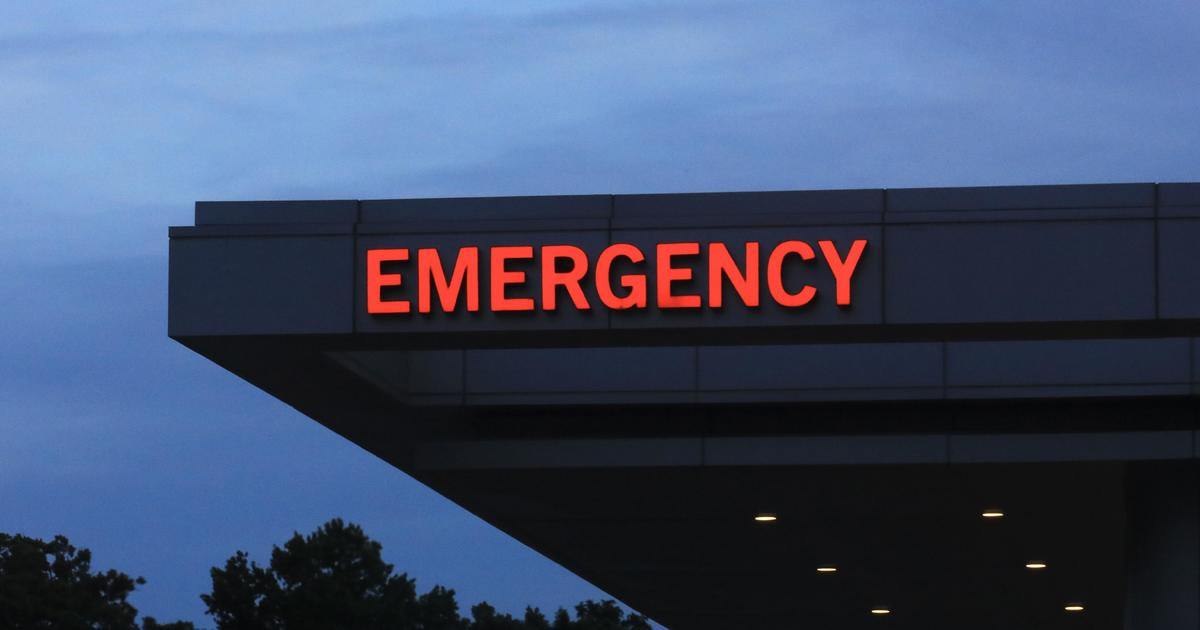13 Years Later, Effects Of Maryland's 'Flush Tax' Being Seen
BALTIMORE (WJZ) -- Remember the flush tax? That's the 2004 Maryland law that raised money to improve sewage treatment plants.
Alex DeMetrick reports, 13 years later, that law has reached something of a milestone.
As the 21st century bloomed, so did oxygen-destroying algae. Fed by nitrogen and phosphorous, bloomed choked off light and left dead zones in the Chesapeake Bay.
Former Governor Robert Ehrlich was honored at Anne Arundel County's Cox Creek Water Reclamation Facility, which has just finished a $140 million upgrade, an improvement that began on the Pride of Baltimore in 2004 when Ehrlich signed the Chesapeake Bay Restoration Act, also known as the flush tax.
"In my view, it was going right to the people and saying 'Look here's the dollars, here's where they're going. If you want a cleaner bay, if you want to keep eating Maryland crabs, this is what we have to do,'" he says.
What they've done at the Cox Creek facility is reduce nitrogen and solid waste by millions of pounds per yar, using state of the art filter technology.
"It's important that we have cutting edge technology to process this waste water, and that's exactly what this facility is," says county executive Steve Schuh.
It is one of 66 treatment plants in the state to be upgraded with money from the flush tax, which imposed a $30 per year fee on Maryland residents when it went into effect, and doubled in 2012.
"We're seeing water clarity improving, we're seeing the bay grass coverage larger and larger every year, and for last year, while we had areas of low oxygen, we didn't have a no oxygen area for the first time in a decade," says Alison Prost, of the Chesapeake Bay Foundation. "It's working."
Follow @CBSBaltimore on Twitter and like WJZ-TV | CBS Baltimore on Facebook



